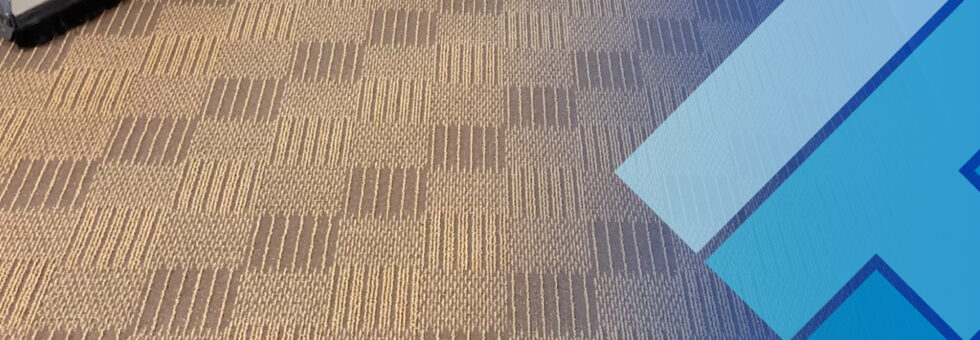Finding your flooring closeout docs is the first step to proper maintenance.
Properly maintaining your building’s floors—whether carpet, luxury vinyl tile (LVT), hardwood, ceramic tile, or polished concrete—begins with knowing their materials, warranties, and upkeep requirements. Closeout documents contain this crucial information, guiding maintenance and protecting warranties. But do you know where your closeout documents are?
If you’re unsure or have never seen them, you’re not alone. Many buildings change hands or undergo renovations without passing along proper documentation. Without these records, maintenance can become inefficient, warranties may be voided, and flooring failures can occur sooner than expected.
So, how do you find your closeout documents? Here’s where to look and how to ensure your maintenance aligns with the right guidelines.
What’s Inside Your Flooring Closeout Docs?
These documents can contain key details that help you understand and maintain your flooring properly:
- Product Specifications – Flooring type, manufacturer, material composition, durability ratings, and installation requirements.
- Manufacturer Warranty – What’s covered, what’s not, and any required maintenance to keep it valid.
- Recommended Cleaning & Maintenance Guidelines – Approved methods, chemicals, and equipment for proper care.
- Installation Details – What adhesives, underlayments, or coatings were used, and any subfloor preparation that was done.
- Approved Maintenance Providers – Some manufacturers provide a list of certified vendors for warranty-compliant service.
- Test Results & Certifications – Compliance with industry standards such as slip resistance, indoor air quality, or moisture mitigation.
Without these documents, it can be challenging to understand your flooring’s specific needs and warranty conditions.
What to Do If You Don’t Have Closeout Documents
1. Check Your Building Records
Start by looking through:
- Past construction or renovation files
- Facility maintenance logs
- Any warranties stored with other building materials
If your company recently moved into the space, check with the previous management team or property owner to see if they still have these records.
2. Ask Within Your Organization
Closeout documents may not always be stored in obvious locations. Ask co-workers, supervisors, or department heads if they have access to relevant records. In many cases, someone in facilities management, operations, or purchasing may have kept copies or know where to look.
If your organization has an asset management system or digital filing system, check there as well. It’s possible the documents were stored electronically rather than in physical form.
3. Identify the Flooring Type and Manufacturer
If you don’t have paperwork, try to identify the flooring by:
- Checking for manufacturer branding or stamps on attic stock and under flooring tiles.
- Looking for identifying marks or logos on adhesives, grout, or underlayment (common for vinyl, tile, and hardwood).
- Reviewing purchase orders or invoices from previous flooring vendors.
Once you have a manufacturer name, visit their website or contact their technical support team—they may be able to provide maintenance documentation based on product details.
4. Contact the Installer or Flooring Contractor
If you know which company installed the flooring, they may still have records of the materials used. Reach out to:
- The original flooring contractor
- The general contractor who managed the build-out
- The property developer, if it was a new construction project
These professionals often keep records for warranty purposes and may have product details on file.
5. Consult a Flooring Service Provider
Your flooring maintenance provider or commercial flooring company may already have records on your flooring, especially if you have a service contract with them. Many flooring service providers track past maintenance, product types, and manufacturer recommendations for buildings they service.
Even if they don’t have direct access to your specific closeout documents, they can help identify your flooring, recommend proper maintenance, and provide guidance on warranty compliance.
Storing and Using Your Closeout Docs
Once you have your closeout documents, store them in an easily accessible location. They provide key details on your flooring’s specifications and warranty coverage.
Keeping these records organized helps ensure proper care, warranty compliance, and long-term flooring performance. Consider storing them digitally or in a dedicated file so they’re always available when needed. If you need further guidance, flooring service providers or manufacturers can help clarify the documentation and best maintenance practices.

